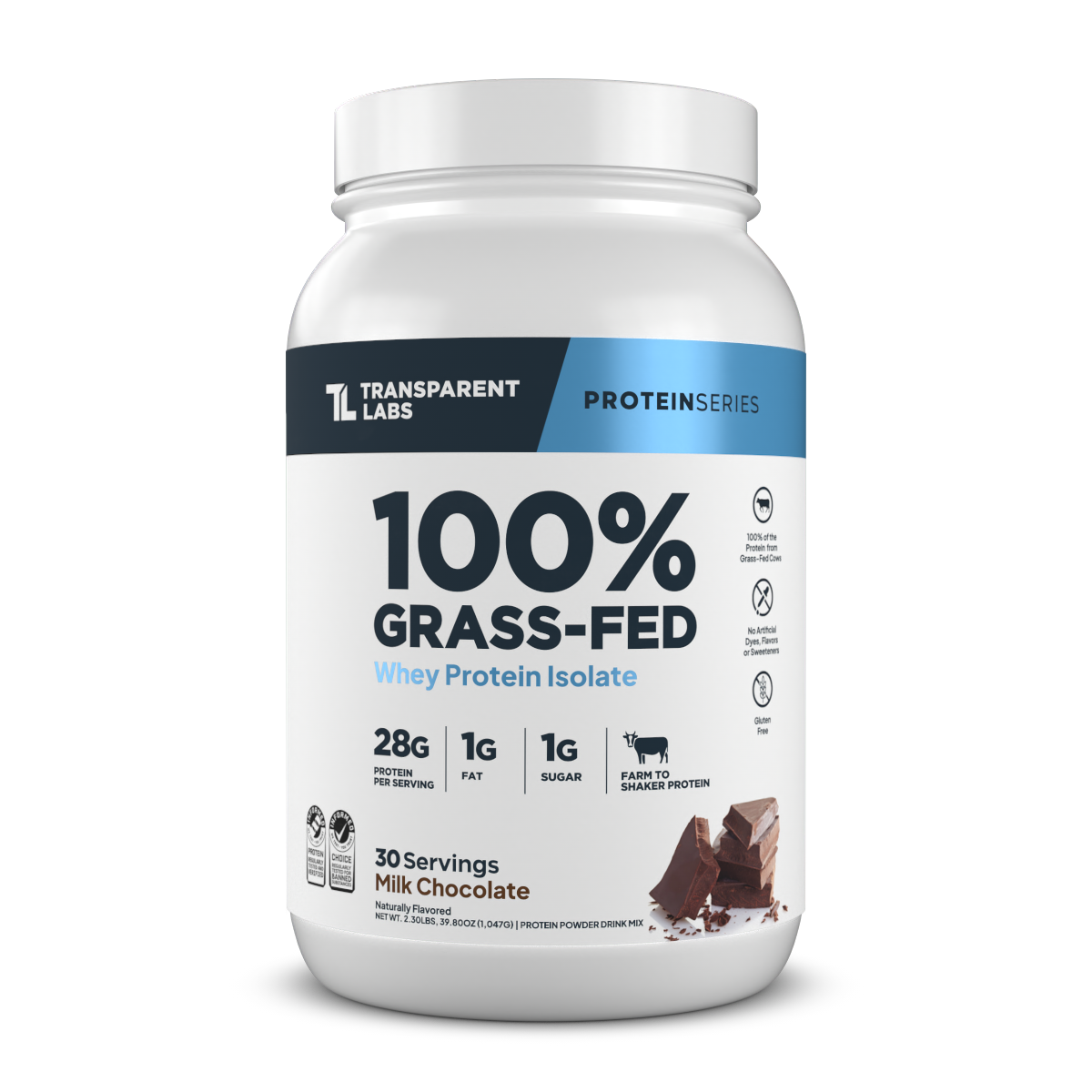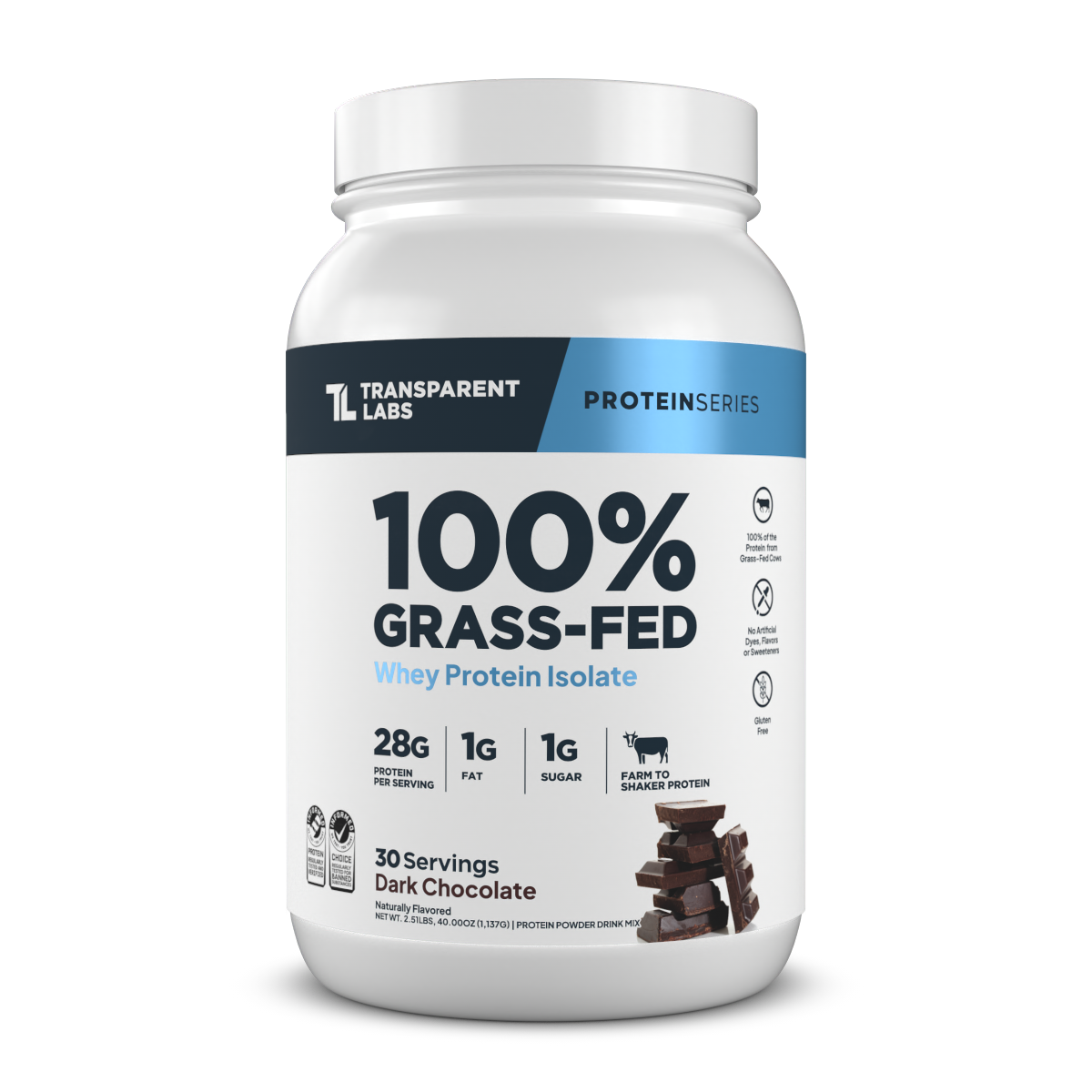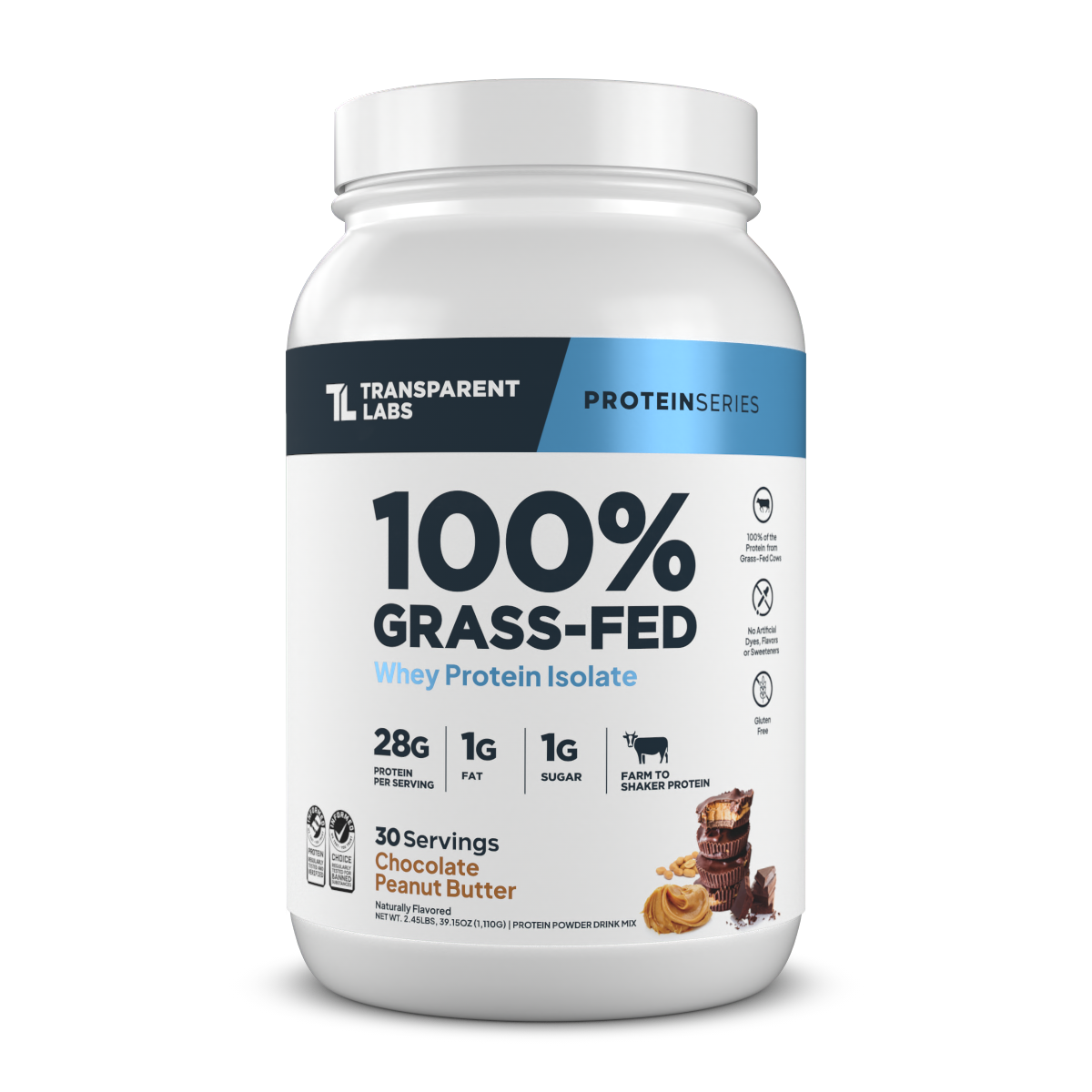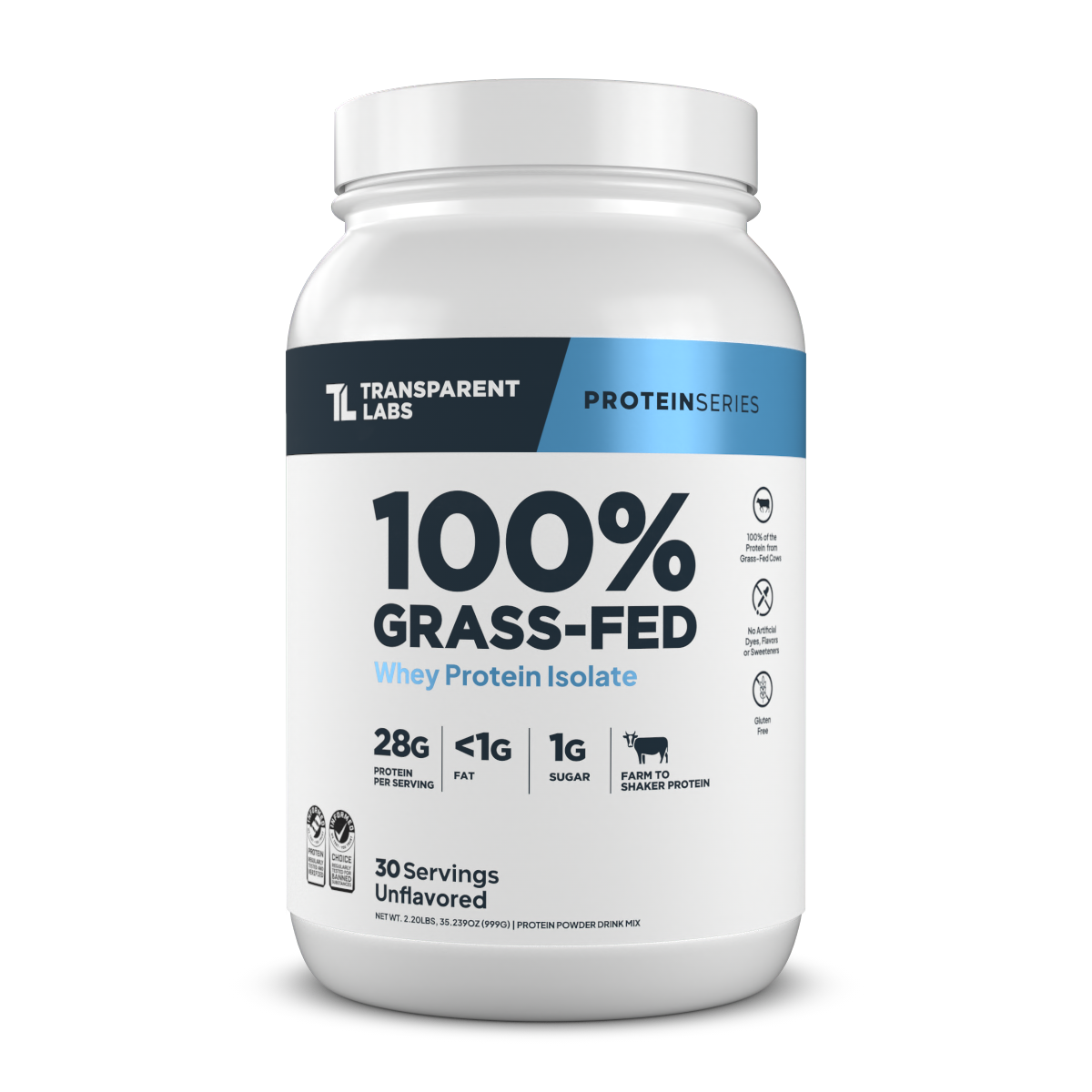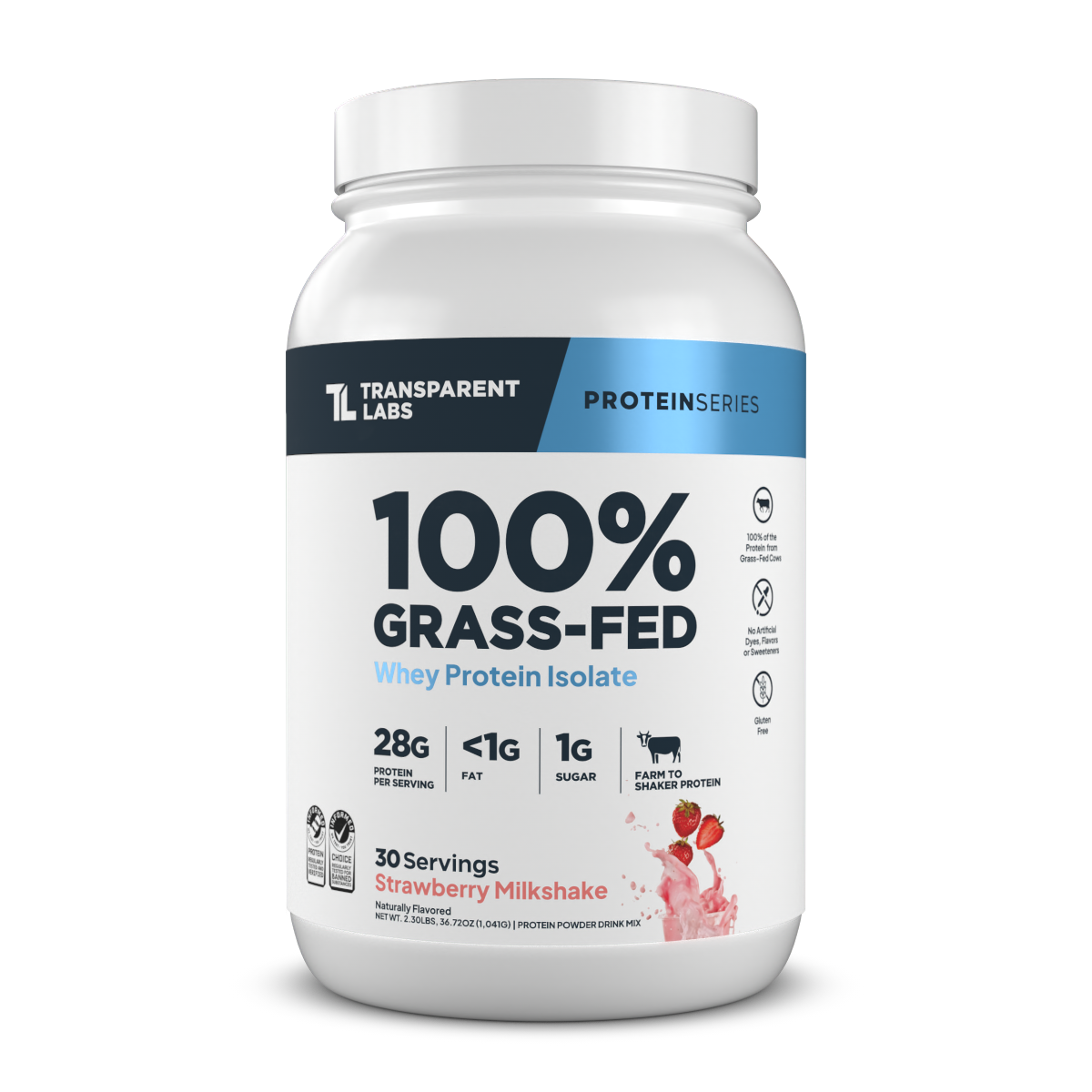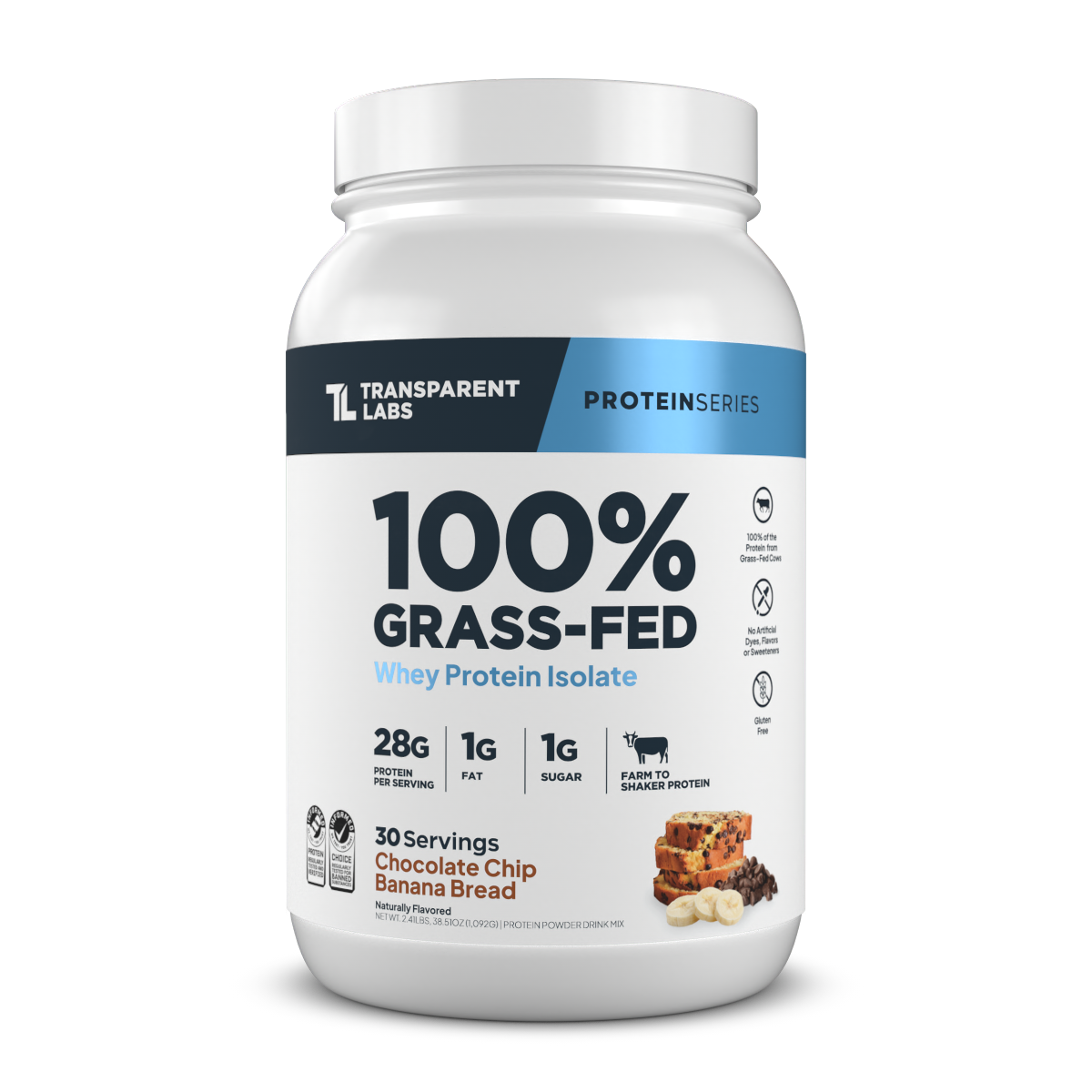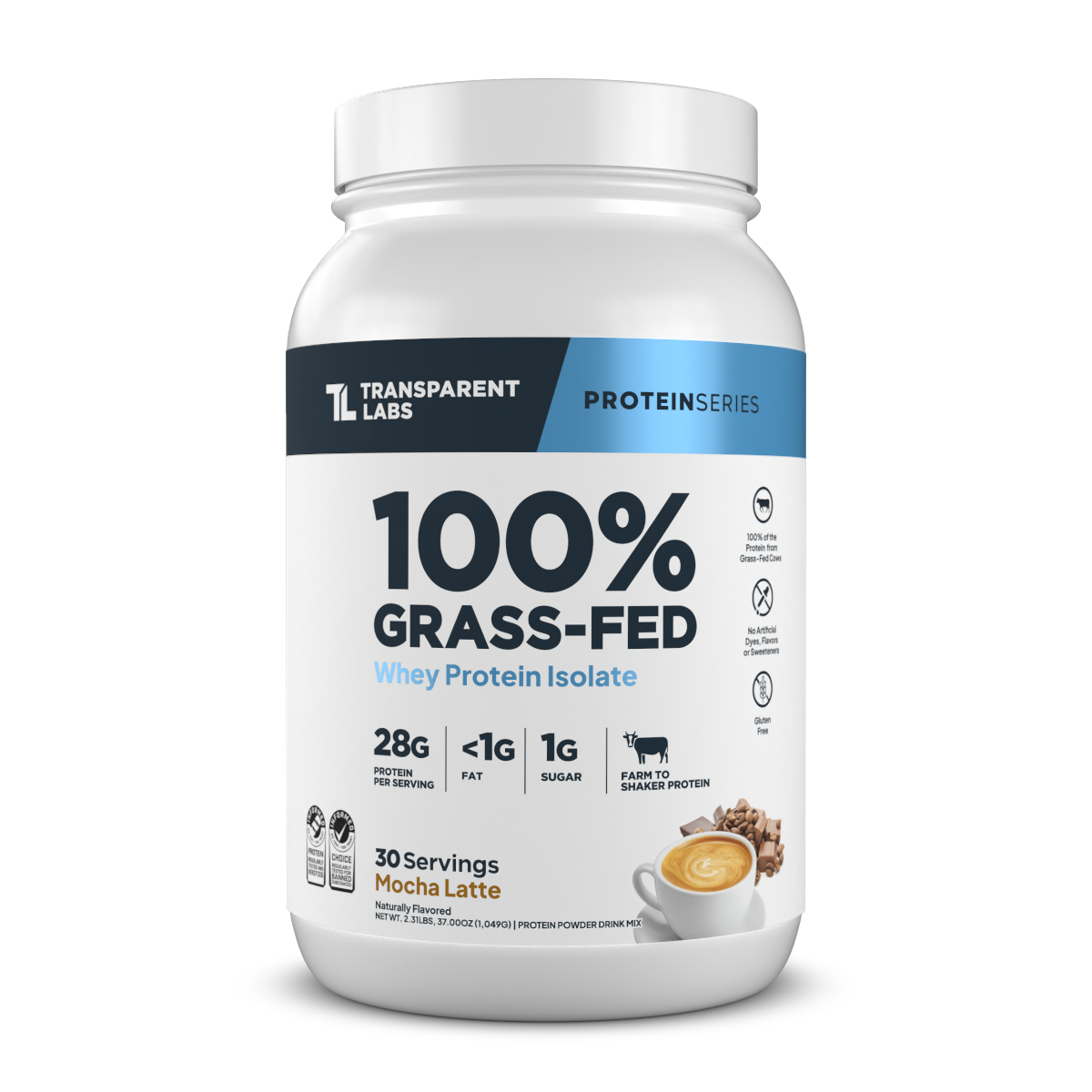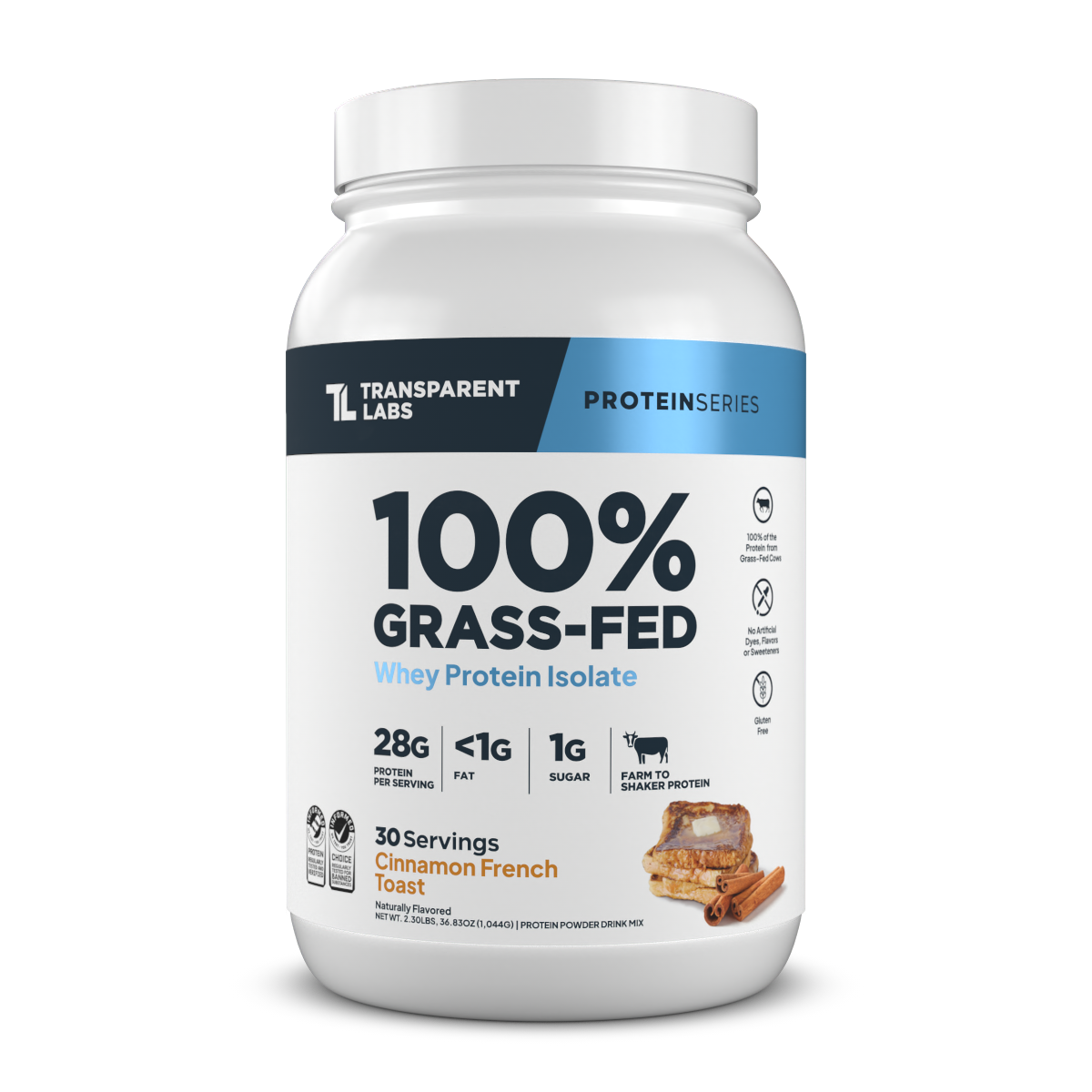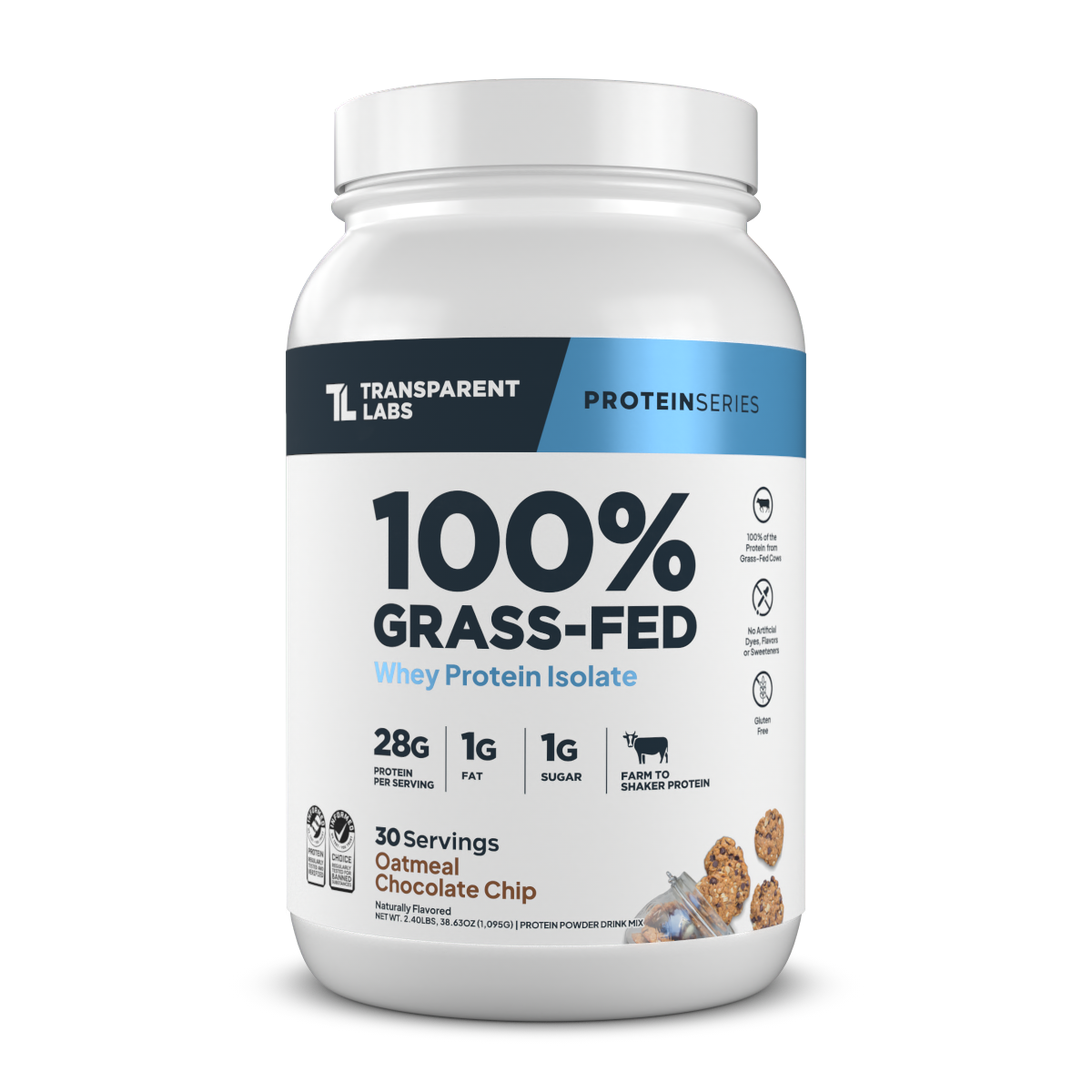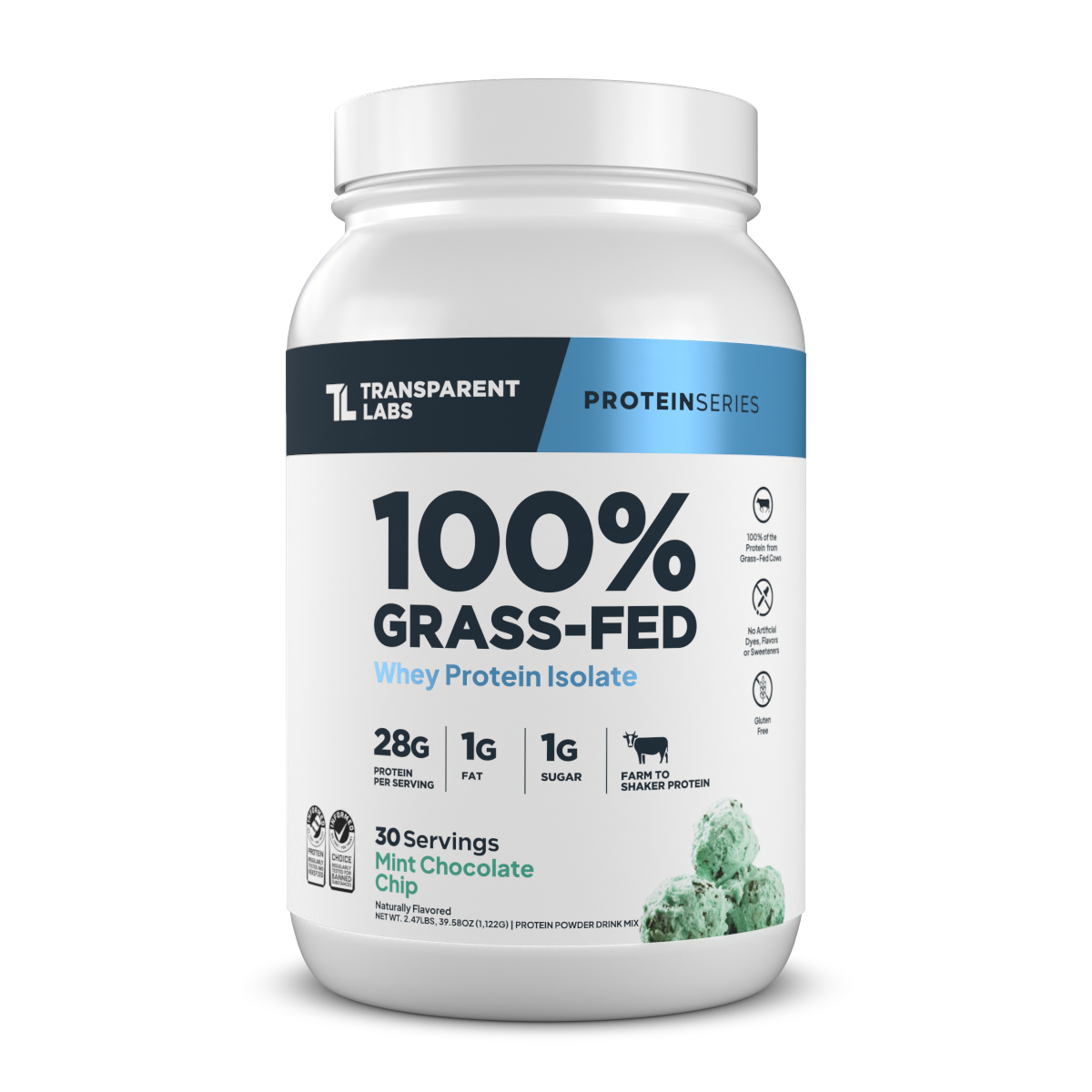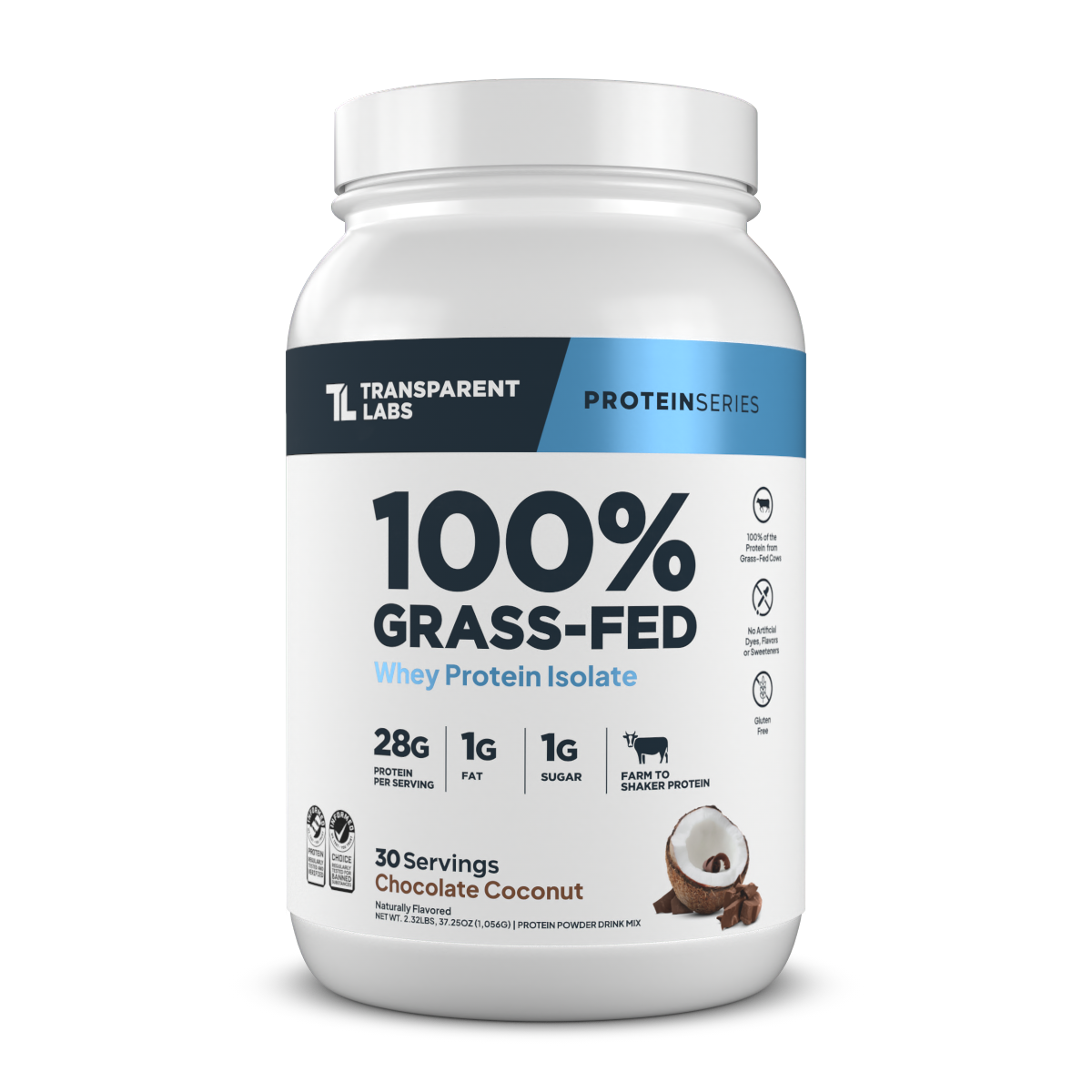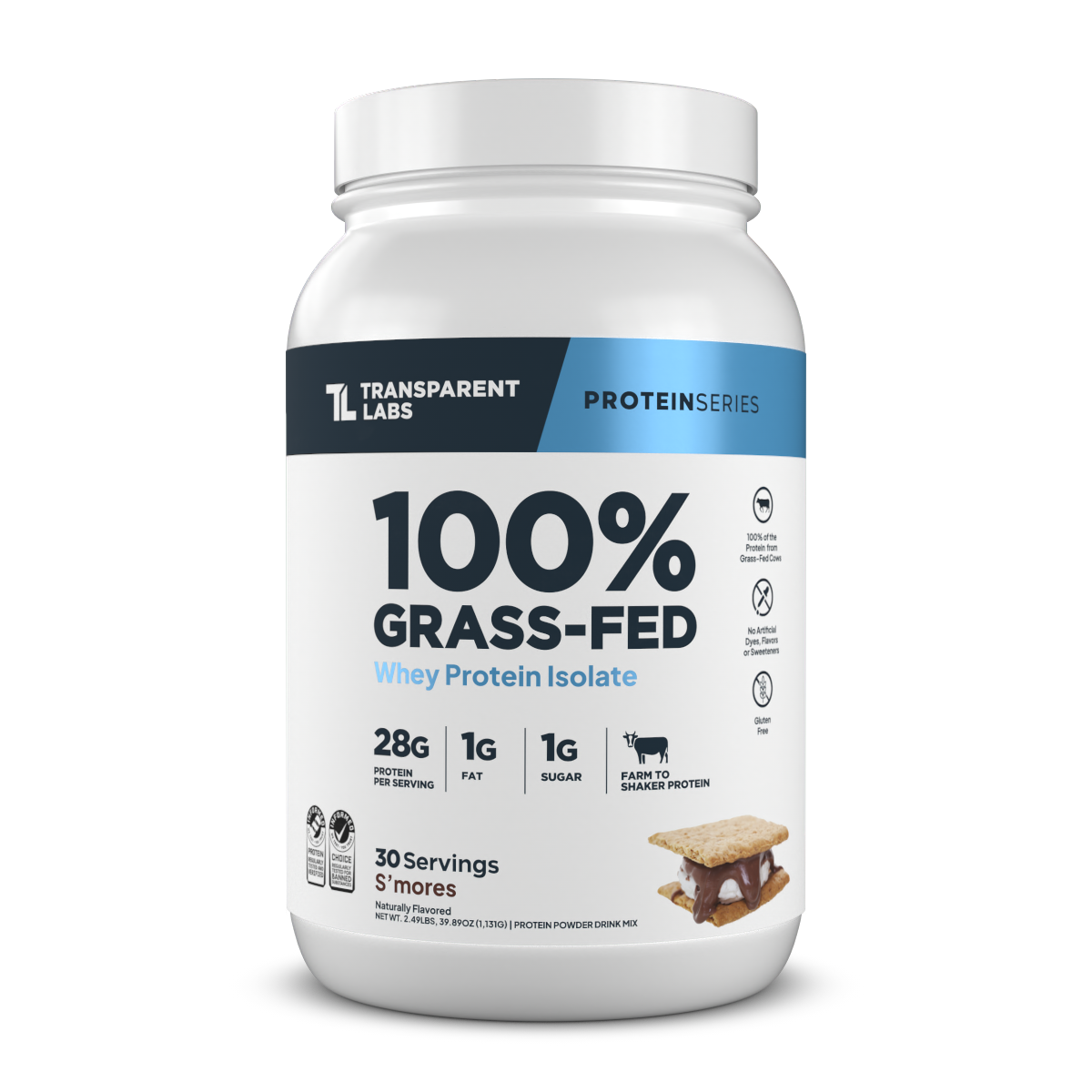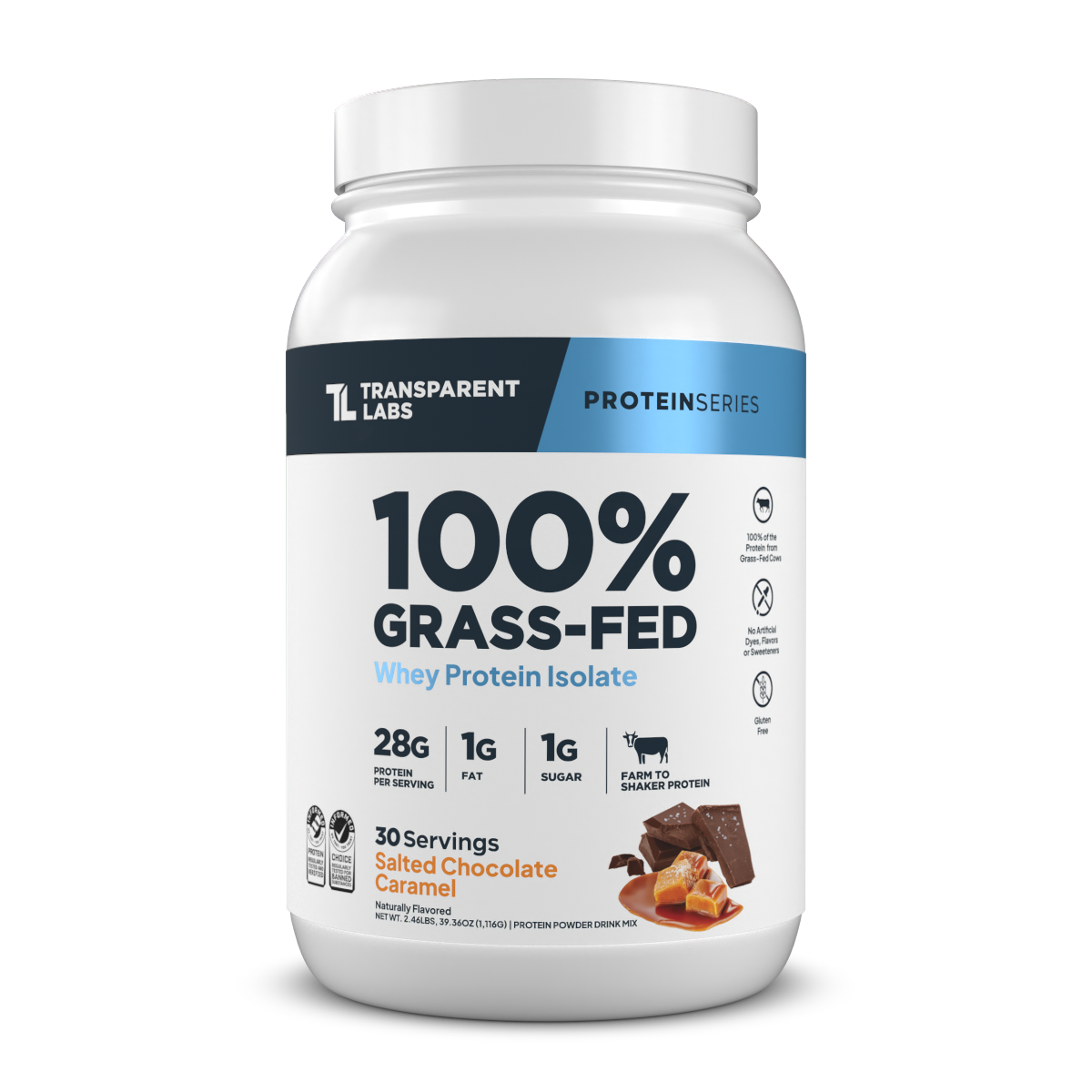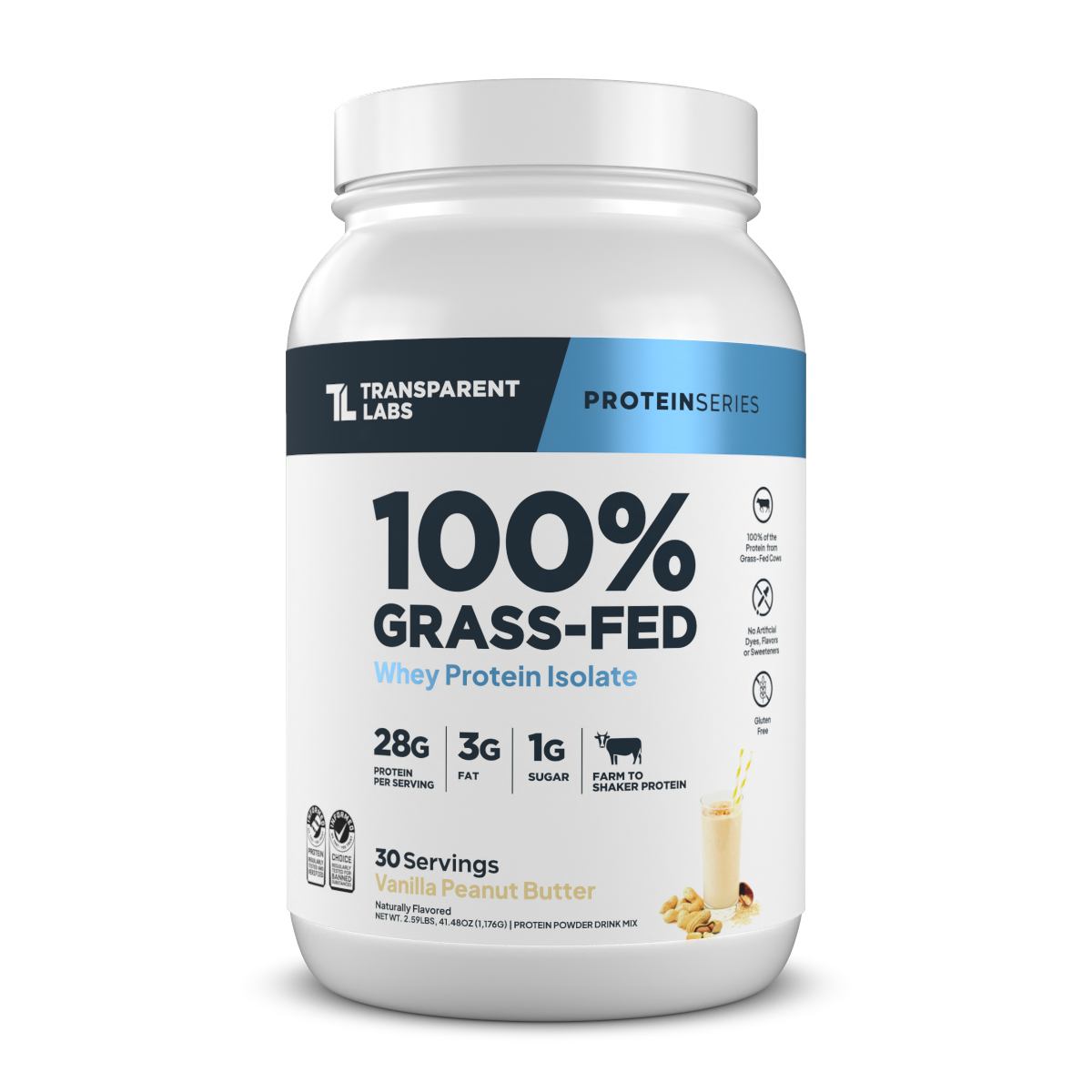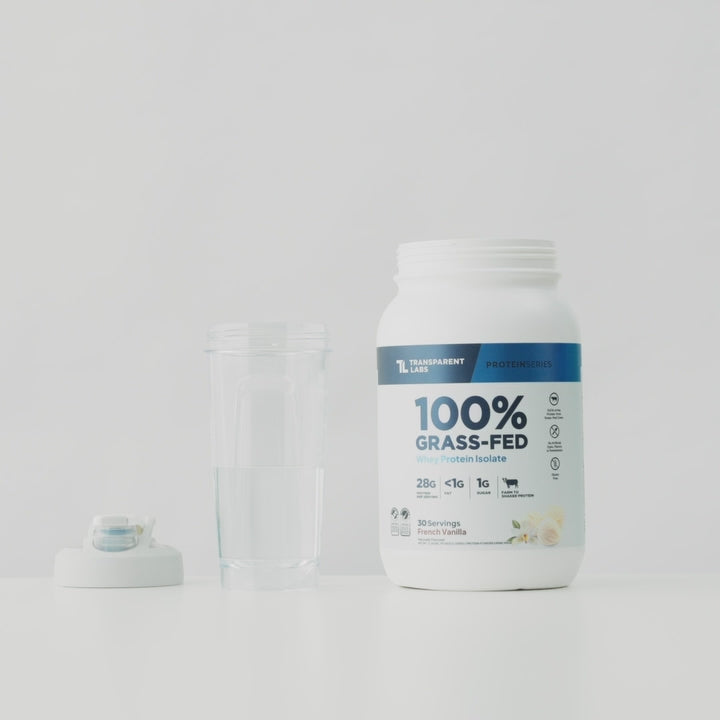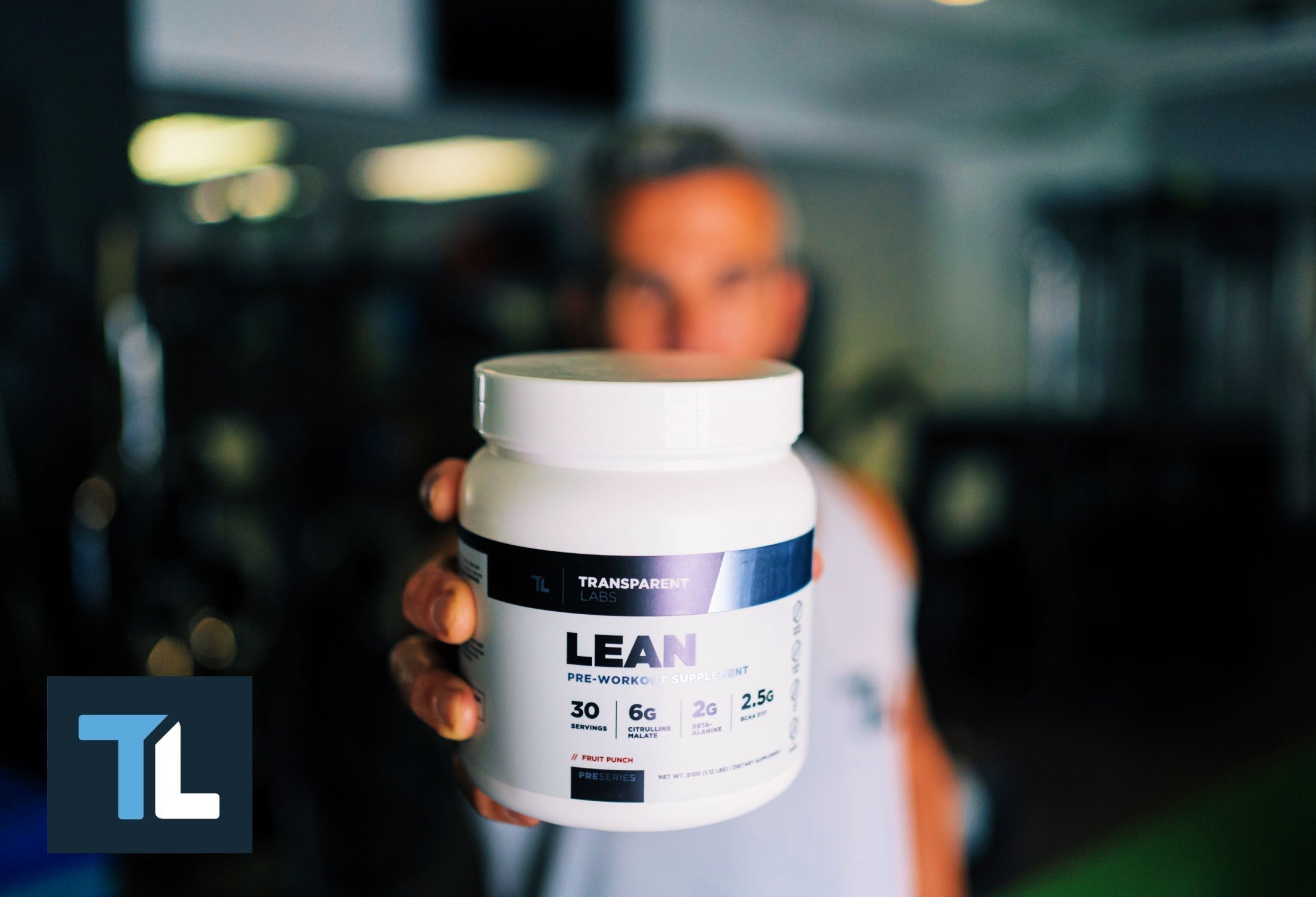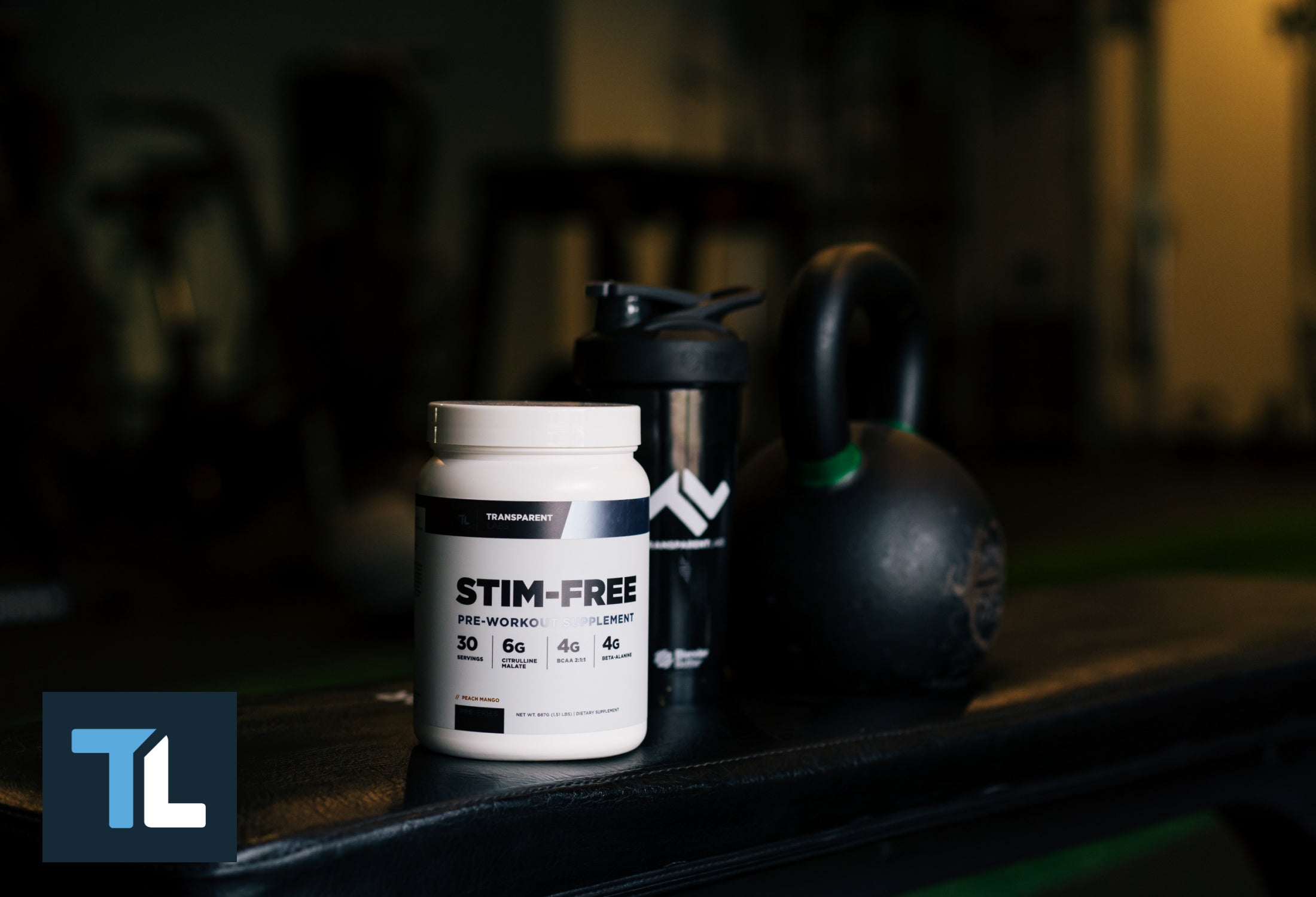When you think about getting ripped, gym memberships and fancy equipment probably come to mind. But what if there's a way to create a stronger, more muscular you without the need for dumbbells or a weight machine?
Enter calisthenics: a type of bodyweight training that requires minimal or no equipment at all. The idea of using your own body weight to build muscles and strength may sound refreshing, but calisthenics training is nothing new.
Calisthenics exercises are a timeless form of resistance training and have been around for ages. These bodyweight movements comprise everything from household exercises like push-ups and pull-ups all the way to more advanced exercises like pike push-ups and pistol squats.
In this guide, we will break down calisthenics and explain how it differs from other types of resistance training. We'll also cover some of the best calisthenics exercises to include in your bodyweight workouts. Many of these exercises can also serve as great warmups for specific muscle groups before moving on to free weights.
What Is a Calisthenics Workout?
At its most basic, a calisthenics workout is a form of bodyweight training (i.e. using the resistance of your own body weight—and gravity—to stimulate muscle growth and improve strength).
Calisthenics may sound like a mouthful, but its exercises are anything but complicated. Comprising basic bodyweight exercises such as pull-ups, push-ups, and lunges, calisthenics are used everywhere, from high school gym classes to basic military training.
While numerous popular workouts have emerged in recent years, such as push-pull-legs and powerbuilding, calisthenics training still holds its own weight in the fitness sphere, pun intended. This is supported by a 2018 study published in The Journal of Strength and Conditioning Research that showed calisthenic push-up training improved progression on push-ups more than barbell bench pressing [1].
As more people understand the body-transforming benefits of calisthenics exercises, they've started incorporating them into their workout routines. Some use calisthenics as a warm-up or cool-down; others turn these basic movements into a full-body workout.
How Do Calisthenics Exercises Differ From Other Types of Exercise?
Since calisthenics exercises rely on your own body weight to build muscle mass, improve coordination and flexibility, and increase muscle strength, they can be quite challenging compared to other types of resistance training. But that's also what makes calisthenics workouts highly practical and accessible regardless of fitness level.
Here are some of the key advantages of calisthenics exercises:
1. No Fancy Equipment Needed
Unlike other forms of workouts that often require gym accessories like dumbbells (think weight training) or a yoga mat (i.e. yoga or pilates), most calisthenics exercises can be easily performed without any equipment at all. However, a pull-up bar will come in handy.
2. Workout Anywhere, Anytime Using Your Own Body Weight
The best thing about calisthenics workouts is that they aren't limited to the gym. Since calisthenics training relies mainly on your own body weight, you can work out anywhere, anytime.

For instance, a 2015 study in the Journal of Military Medicine contends that substituting short-duration, high-intensity, full-body calisthenics workouts for the usual cadet physical training produced a similar level of fitness in army cadets [2]. The study also highlights the advantages of calisthenics workouts over traditional cadet training, notably being able to perform in small spaces with minimal or no equipment.
3. Targets Multiple Muscle Groups Simultaneously
Compared to certain types of exercises that focus on a specific muscle group, calisthenics offers more efficient muscle-building by providing a whole-body workout. For instance, a single burpee engages almost every muscle group in your body [3].
By targeting multiple muscle groups, calisthenics workouts help train your entire physique, resulting in a better overall body strength, flexibility, and coordination.
On the contrary, isolation exercises like dumbbell curls and dumbbell lateral raises tend to focus exclusively on one muscle group. The last thing you want is buff-looking arms but toothpick calves that show the world you skip leg day.
4. Incorporate Calisthenics Exercises into Any Workout Routine
Another advantage of calisthenics training is that it can be easily combined with another workout program. For example, you can merge calisthenics exercises with your favorite form of cardio, like running or swimming, as part of a concurrent training program.
Similarly, using a few calisthenics exercises as a warm-up or cool-down to your weight-training program not only boosts strength and blood flow but also helps promote a more balanced physique and better mobility.
It's also worth noting that certain training programs, like bodyweight circuit training and Crossfit, already incorporate calisthenics. So, think of calisthenics as a foundation for a holistic fitness regimen.
Common Calisthenics Exercises for Building Muscle and Increasing Strength
So, are you ready to try out calisthenics for yourself?
Below, we'll share some of the most common calisthenics exercises. From beginner to advanced level, there are exercises for everyone.
1. Push-Ups
Target Muscle Groups: Chest, shoulders, triceps, back, abdominals, glutes, and quads
The push-up is one of the more basic calisthenics exercises anyone can learn. But don't mistake simplicity for ineffectiveness when it comes to building muscle mass. Done correctly, it takes your upper body strength to the next level.
To maintain proper form, keep your back straight, and make sure your stomach and hips are not sagging towards the floor. For a stable base, place your hands slightly more than shoulder-width apart, just below your armpits.
If you want to engage your chest muscles more, try the incline push-up — doing a push-up with your upper body elevated on a bench. You can also do a decline push-up variation by elevating your feet on a platform.
2. Sit-Ups
Target Muscle Groups: Chest, abdominals, and hip flexors
Similar to the push-up, the sit-up is another standard exercise in most calisthenics programs. Using the correct form will help minimize back and neck strain.
Lie on your back with your knees bent. Keep your feet firmly on the ground, or ask a workout partner to hold them in place. Bring your body up all the way to your knees before lowering slowly to the ground again. If you think it's too easy, try doing sit-ups on a stability ball or while holding a medicine ball overhead.
Note: If you work out by yourself at home, try placing your feet under a couch or bed frame that's close to the ground. This will teach you to keep your feet on the ground throughout the exercise.
3. Leg Raises
Target Muscle Groups: Abdominals and hip flexors
For a more effective core workout, add (hanging) leg raises to your routine. One benefit is that they work your abdominal and hip muscles without causing them extra strain, minimizing the risk of injuries.
Here's how to do it: Lie flat on the floor or on a mat with your legs extended. Keep your arms straight by your side. Raise your legs up towards the ceiling (make sure your toes are pointed) while keeping your lower back pressed into the ground. Then, slowly lower your legs back to the ground again.
4. Bodyweight Squats
Target Muscle Groups: Abdominals, lower back, glutes, hips, hamstrings, quads, and calves
Want a firmer rear and stronger leg muscles? By targeting almost every muscle group in your lower body, the squat is the best calisthenics workout for improving lower body strength.
To do it, keep your feet shoulder-width apart with your toes pointing slightly outwards. As you go into the squat, push your hips backward while keeping your knees aligned with your feet (your knees shouldn't cave in). Keep squatting until your hips are below your knees, and pause for a few seconds. Then, press your heels firmly into the ground and tighten your glutes as you bring your body back to your starting position.
If you've already perfected the standard squat, test yourself with the pistol squat instead. It's a more advanced squat that places your entire body weight on only one leg — Stand on one leg with the other leg extended straight and the foot pointed. Then, slowly lower into a deep squat position while putting your whole body weight on the leg that's connected to the ground. Next, push yourself back to the starting position using the strength of the single leg. Remember to keep your core tight when standing up.
5. Pull-Ups
Target Muscle Groups: Chest, shoulders, triceps, biceps, and upper back

For an impressive-looking chest, back, and arms, the pull-up should be a core exercise in your workout plan. For this, you'll need a pull-up bar. You can either install one at home (look for one that goes over a door frame), use the one at the gym, or visit a playground with monkey bars.
If you want to up the ante, try weighted pull-ups once you can successfully complete at least 10 consecutive unweighted/unassisted pull-ups.
6. Chin-Ups
Target Muscle Groups: Chest, shoulders, arms, and upper back
The chin-up is a slight variation of the pull-up — both exercises work the same muscles, but to a different extent. The chin-up trains your biceps more than a pull-up does.
Also, the chin-up uses a shoulder-width, underhand grip while the pull-up uses an overhand grip that's slightly wider than shoulder-width.
7. Dips
Target Muscle Groups: Chest, shoulders, arms, back, abdominals, and glutes
Essentially using your entire body weight, the dip is one of the more challenging upper body workouts.
Perform dips correctly, and you will definitely notice an increase in upper body strength and flexibility. This, in turn, makes it easier to perform other forms of upper body exercises (e.g., pull-ups and muscle-ups).
Here's what to do: Raise yourself on two parallel dip bars, keeping your arms straight. Then, lean forward and bend your elbows to lower your body. Make sure your triceps are parallel to the ground at this point. Lastly, hoist yourself up by straightening your arms (but be careful not to hyperextend your elbows.
You can also do dips at home by using the arms of two chairs, one on each side, as makeshift "dip bars." Alternatively, you can use a sofa arm as the platform for your hands and elevate your feet in front of you by using a chair or other elevated flat surface.
8. Muscle-Ups
Target Muscle Groups: Back, arm, shoulder, abdominals, and glutes
Once you've mastered the pull-up and the dip, try the muscle-up. It's a much more challenging, gymnastic-like move that emphasizes explosive strength. If you're a beginner at muscle-ups, try performing it on a bar first rather than using rings.
Here's how to do a muscle-up on the bar:
-
Jump up and grab the bar with both hands, using a false grip (your wrists should be at a right angle).
-
To create momentum, swing back and forth a few times on the bar. When you're ready, bring your knees to your chest swiftly and lift your chin up toward the bar.
-
Roll your upper body slightly over the bar by bending your arms and leaning forward. You can also kick out your legs to get enough momentum to roll your chest over the bar.
-
Then, press your hands down on the bar with your arms extended straight. Remember to change from a false grip to a normal grip.
While the muscle-up may take some effort to perfect, it will definitely help develop your upper body strength and explosiveness.
9. Mountain Climbers
Target Muscle Groups: Upper body (shoulder, triceps, back, and abdominals) and lower body (quads, hamstrings, and glutes)
Mimicking the movement of real-life climbers, the mountain climber gives your body a serious workout. Engaging key muscle groups from top to bottom, this calisthenics exercise is a highly efficient full-body workout that not only builds strength but also improves agility and coordination.
To prevent injuries, straighten your back and engage your core during the exercise. Keep your body balanced and avoid bouncing on your toes. Your shoulders should be directly over your wrists. Most importantly, start slow. Once you've nailed the correct form, increase your speed for a good sweat.
10. Burpees
Target Muscle Groups: Upper body (triceps, shoulder, chest, back, and abdominals) and lower body (hips, quads, hamstrings, glutes, and calves)
As one of the best calisthenics workouts, the burpee gets your heart rate pumping, which also means an increase in metabolism and better endurance. Add it to your workout routine the next time you want a full-body workout.
Is Calisthenics Training Right for You?
Due to their varying degrees of intensity and difficulty, calisthenics workouts can be done by anyone at any fitness level. However, most calisthenics exercises require decent mobility.
If you're a beginner who's just started an exercise routine, try simple moves like the jumping jack to spike your heart rate.
For a seasoned athlete looking for a full-body workout, add the burpee or mountain climber to your workout routine. If you're up for a challenge, you can also tackle more advanced forms of calisthenics exercises, like pistol squats or handstand push-ups.
On the other hand, if you're looking to train a specific muscle group, calisthenics may not be for you. Also, if you want to pack on muscle mass and increase strength on specific compound exercises, like barbell squats and deadlifts, a body recomposition workout plan may be more suitable than calisthenics exercises.
Try Calisthenics Workouts the Next Time You Exercise
Calisthenics workouts are making a comeback and will only continue to grow in popularity. They allow you to work multiple muscle groups without the need for much space or fancy equipment—what's not to love about this timeless bodyweight workout program? Plus, many of the exercises mentioned above can be performed regardless of your fitness level; no need for a gym membership, free weights, or a personal trainer. Put that way, calisthenics exercises might just be what you're missing from your workout routine.

